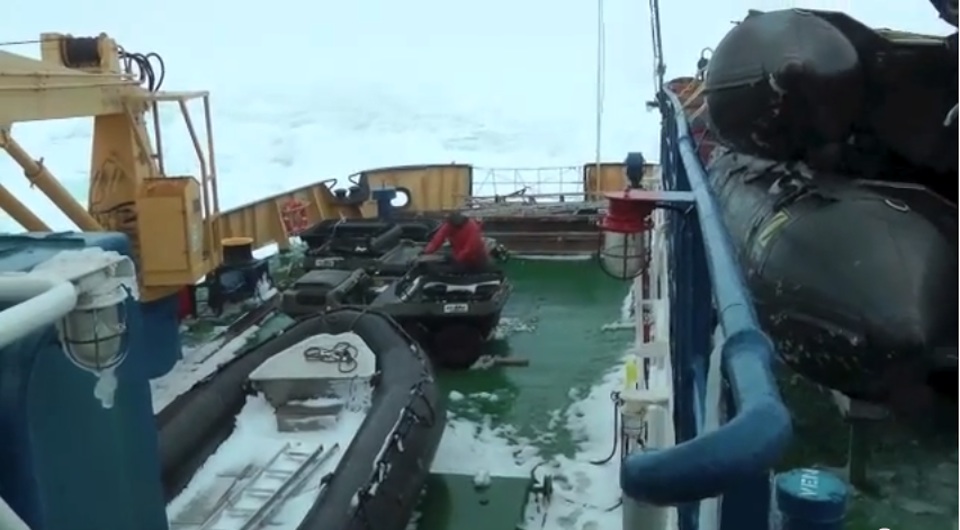
Passengers of Stuck Antarctic Ship Rescued

All 52 passengers stuck aboard a Russian research ship trapped in thick sea ice have been rescued, BBC News reports.
The MV Akademik Shokalskiy became stuck on Christmas Eve, when a blizzard blew in the ice around it. A distress signal was sent on Christmas Day when the ship couldn't clear the ice, though there were enough supplies on board that none of the passengers and crew were in danger.
Three icebreakers were sent to help rescue the passengers. A Chinese icebreaker, the Xue Long (Snow Dragon), was within sight of the stranded ship on Dec. 27, but was unable to break completely through the thick ice. A stouter Australian icebreaker, the Aurora Australis, arrived in the following days, but was held back from reaching the stuck ship by bad weather. Eventually a helicopter aboard the Xue Long was used to ferry the passengers, including Australian researchers, journalists and tourists, to the Aurora Australis. The researchers were part of a month-long expedition to retrace Australian Douglas Mawson's 1911-1914 exploration of Antarctica. The 12 crew members of the Akademik Shokalskiy will stay aboard the ship until it is free of the ice, the BBC said.
The sea ice around Antarctica, which reached a record high extent in 2013, has caused headaches for other ships plying the waters of the Southern Ocean. In November, a U.S. research ship was prevented from ferrying researchers and supplies to Palmer Station on Anvers Island.
Follow Andrea Thompson @AndreaTOAP, Pinterest and Google+. Follow us @livescience, Facebook & Google+.
Get the world’s most fascinating discoveries delivered straight to your inbox.

Andrea Thompson is an associate editor at Scientific American, where she covers sustainability, energy and the environment. Prior to that, she was a senior writer covering climate science at Climate Central and a reporter and editor at Live Science, where she primarily covered Earth science and the environment. She holds a graduate degree in science health and environmental reporting from New York University, as well as a bachelor of science and and masters of science in atmospheric chemistry from the Georgia Institute of Technology.
